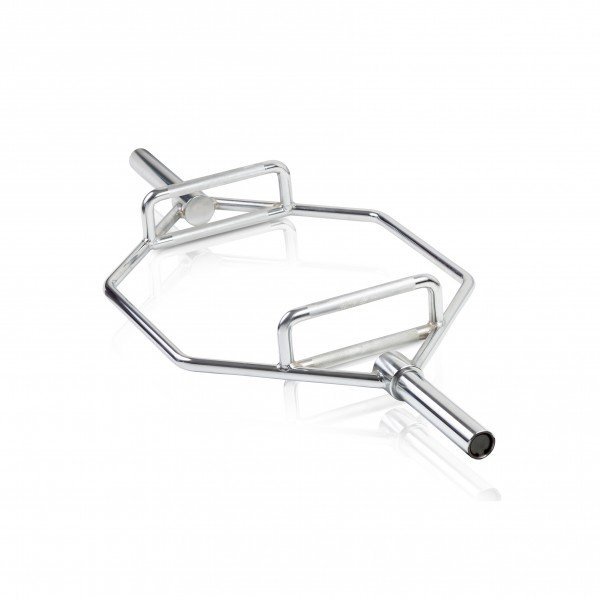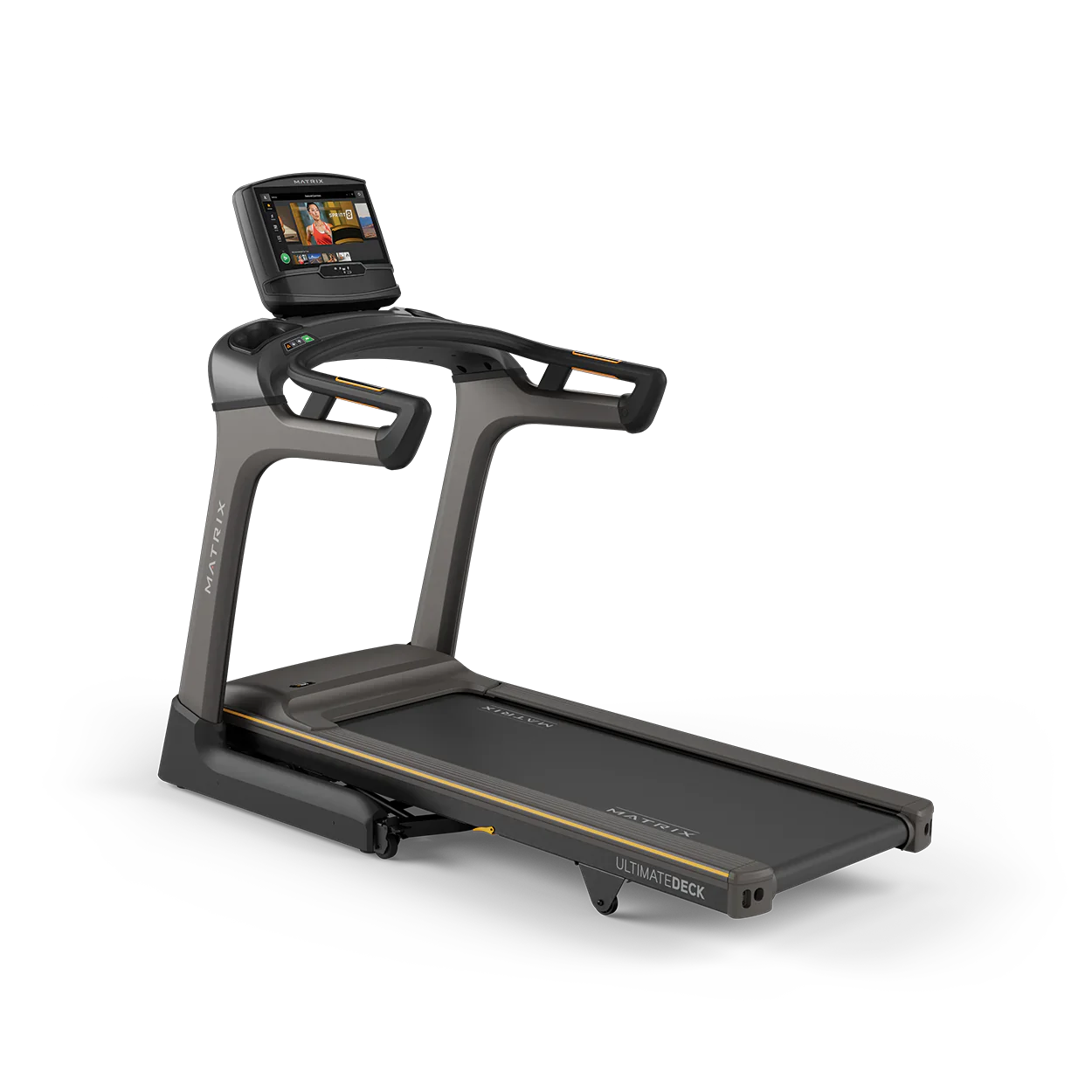Bodyworx
30kg Olympic Hex Trap Bar
30kg Olympic Hex Trap Bar
Couldn't load pickup availability
Key Features
- Assists by extending time under tension of any lift as well as the intensity helps build stronger legs by allowing you to use heavier weights with less strain on your back.
- For use with Bumper & Olympic plates with chrome finish.
- Hand grips diameter 30mm & hand grips are 620mm apart.
- Solid Steel rod construction.
Dimensions: 160cm (L) x 61cm (W) x 14cm (H).
Handle Part: 11cm (high).
Weight Capacities:
Bar Weight: 30 KG (66 LBS).
Lifting Capacity: 450 KG (992 LBS).
There is no greater feeling than to just deadlift heavy weight, especially using an Olympic Trap Bar. There is something primal about picking up heavy weight. Removing all your inhibitions and daily stresses! There are various types of deadlifts , whether you are focusing on heavy barbell lifts, or doing kettlebell RDLs. The benefits of working the glutes, hamstrings and lower back with the deadlift are undeniable. Barbell deadlifts might not suit everyone. The Olympic Trap Bar is another option that is becoming popular with elite athletes.
WHAT ARE TRAP BAR DEADLIFTS?
A trap (or hex) bar is a hexagonal shaped barbell. Essentially, you stand in the middle of the hexagon, rather than behind the traditional straight barbell. Some trap bars have two sets of handles, one high, one low. Others just have the handles at the same height as a straight barbell. 
HOW ARE TRAP BAR DEADLIFTS DIFFERENT FROM BARBELL DEADLIFTS?
First, let’s think about how barbell and trap bar deadlifts are similar. Both exercises train the hip hinge, both involve a similar range of motion, and both involve lifting weights off the floor, and putting them down again. OK, so what’s the difference between trap and barbell deadlifts? Essentially the trap bar deadlifts will engage your body similar to that of squats and barbell deadlifts is a more traditional deadlifting position, with more load on the lower back. Trap bar deadlifts engage the following muscles:
- Glutes
- Hamstrings
- Quadriceps
- Erectors
- Trapezius and Back
In summary, the trap bar dead tends to put more emphasis on the quads, while the barbell deadlift puts more emphasis on the glutes, hamstrings and spinal erectors. Do not misunderstand this, though – the trap bar deadlift still gives your glutes and hamstrings a great workout! So, why would you choose to do a trap bar deadlift over other workouts?
FOUR REASONS TRAP BAR DEADLIFTS ARE AWESOME
1. LESS STRESS ON THE LOWER BACK
Barbell deadlifts put a fair amount of force through the lumbar spine. Because the weight is in front of the body, we essentially use the hips as a pivot and the back as a crowbar. For many people, that’s OK (provided they lift with good form). For some people, like me – that’s not OK. I have a dodgy back (scoliosis, bulging discs, worn facet joint and sensitive nerves). I need to be careful. I’ve come to the conclusion that traditional barbell deadlifts are not for me. I’ve smashed my back too many times. But I LOVE deadlifts….this is where the trap bar comes in. Being ‘inside’ the bar, the weight is closer to your centre of gravity. This means the lever of the ‘crow bar’ is shorter – so there is much less sheer force on the spine. Perfect if you want to train glutes, hamstrings, and low back, without quite as much risk.
2. TRAP DEADLIFTS ARE SURPRISINGLY EASY TO LEARN
Beginners generally take at least a few sessions to get the hang of barbell deadlift form. Some people will require a great deal of coaching and will struggle with the mobility required for this movement, and the challenge of maintaining a good position throughout the lift. With the trap bar, the movement is much less technical. It’s easier to get into a good position with an upright torso and a flat back. The bar doesn’t scrape your shins, your knees come further forward and your hips can sit lower.
3. NO HYPEREXTENSION
Have you ever seen that person in the gym who gets to the top of a barbell deadlift, and then bends their back backwards? Don’t be that guy! That person knows they should contract their glutes at the top of the lift, but they overdo it and hyperextend the spine, which is just asking for injury. With the trap bar deadlift, the barbell isn’t in front of your hips, so there is no counterbalance to hyperextend against or push off.
4. LESS SPINAL FLEXION
When we deadlift, especially with a trap bar, it’s important to have a flat back. As the load gets heavier and we fatigue, your spine can round. Your body starts shifting the load onto other muscles as the hips get tired. With the trap bar, your knees can move forward, so your quads, rather than your back, naturally take some of the load away from the hips.
Share



